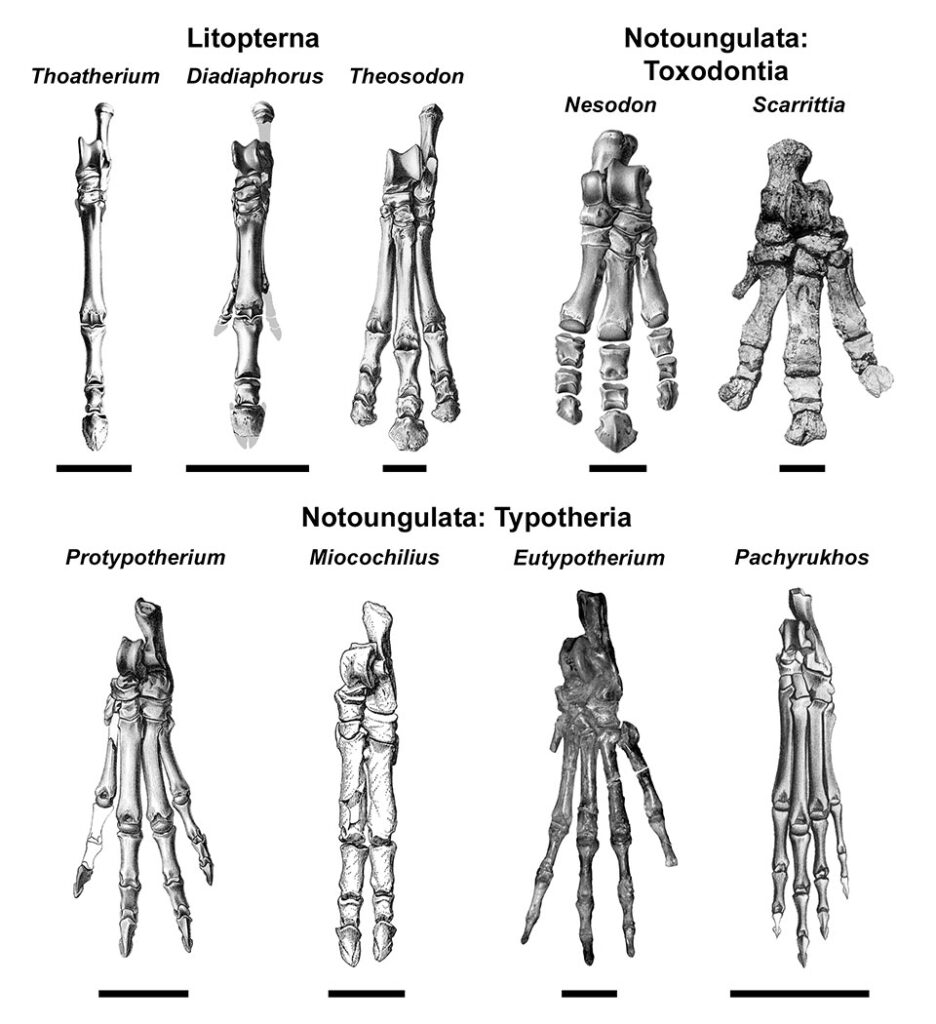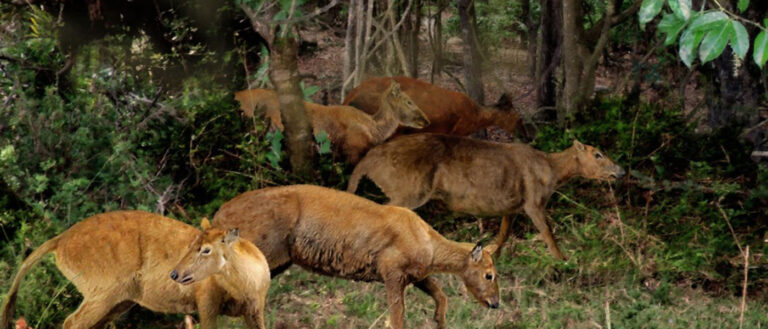Case Western Reserve scientist investigates adaptation of ancient South American mammals that reveals contrarian changes and challenges evolutionary assumptions
A Case Western Reserve University scientist has found that certain prehistoric horse-like mammals in South America evolved differently than their Northern Hemisphere counterparts despite similar changes in climate and ecosystems.

The discovery could reveal a previously unknown Northern Hemisphere bias in studying these and other ancient animals, said Darin Croft, a professor of biology at Case Western Reserve who led the research. Responding to that bias could also affect projections by scientists of how animals might adapt to future climate change, he said.
Croft, whose primary appointment is in anatomy at CWRU’s medical school, is a leading researcher in neotropical paleomammalogy, the study of South America’s prehistoric mammals. The findings were recently published in the open-access journal PLOS One.
Croft and an Argentinian collaborator (Malena Lorente of the Universidad Nacional de La Plata) studied how the legs of certain extinct hoofed mammals—South American native ungulates known as notoungulates and litopterns—evolved between 23 million and 12,000 years ago.
Croft and Lorente then compared those changes to how similar animals, such as the horse, evolved in North America and Eurasia during the same time period.
In both of those northern regions, the ancient relatives of today’s horses evolved longer legs for faster and more efficient running and longer teeth for grazing as they adapted to habitats changing from dense forests to open grasslands.
“But this didn’t happen in South America, even though there is evidence that these animals, too, had moved from forest to grasslands,” Croft said. “This suggests that some patterns of mammal evolution aren’t driven strictly by climate change and changes in habitats.
“So, what we think of as universal patterns in mammal evolution maybe aren’t so universal after all.”
Challenging a Northern Hemisphere bias

Instead, Croft said, assessments of South American mammal adaptations may depend partly on what we think of as normal—a scientific baseline informed by a persistent northern bias.
“Our understanding of broad patterns in the mammal fossil record is mainly based on North American and Eurasian studies—not South America, at least not in any significant way,” Croft said. “Therefore, our interpretation of the past—and projections of how animals might respond to changes in the future—is incomplete.”
There are several reasons why paleontologists tend to focus on North American and Eurasian fossils, Croft said. For one, those regions are rich in fossil deposits. They also have more countries that have historically supported the work of paleontologists.
The result, Croft said, is a geographic bias that may lead to incorrect assumptions. Croft said he intends to continue testing for it in his own ongoing investigation into South America’s prehistoric mammals and suggested that other scientists may have to contend with that bias in their future work.
Since South America was geographically isolated for most of the past 66 million years, its fossil record makes it ideal to “investigate topics such as mammal adaptation, diversification, and community ecology,” according to Croft’s website, dcpaleo.org/.
“South America was untouched by mammals from other continents for millions of years, and the solutions its native mammals came up with were often different from those developed by mammals elsewhere,” Croft said. “That makes it not only an interesting place to study, but an important place.”
Croft said he will next examine other aspects of these animals skeletons to determine the specific types of habitats in which they lived.
“This information will help clarify the ‘why?’ behind the pattern we have found,” he said. “It would also help clarify the degree to which explanations for patterns in other continents might be biased by the world we live in today.”
For more information, contact Mike Scott at mike.scott@case.edu

